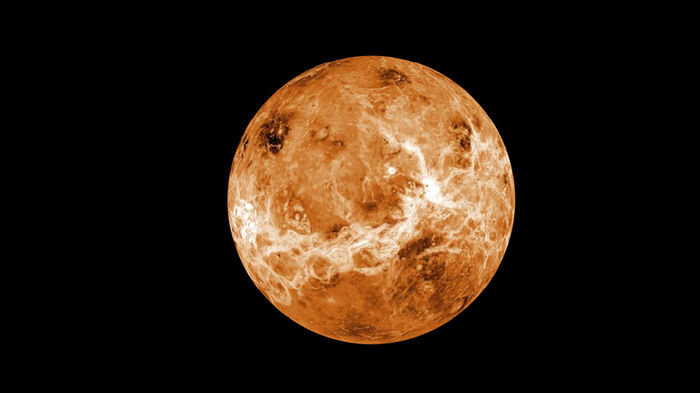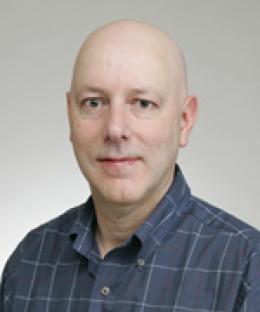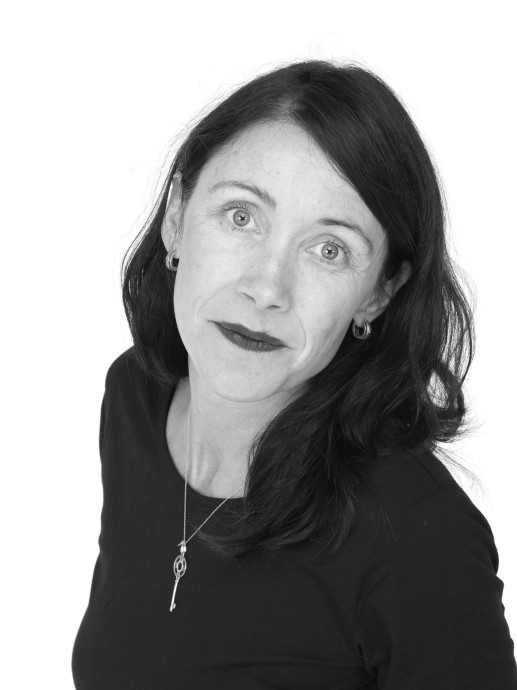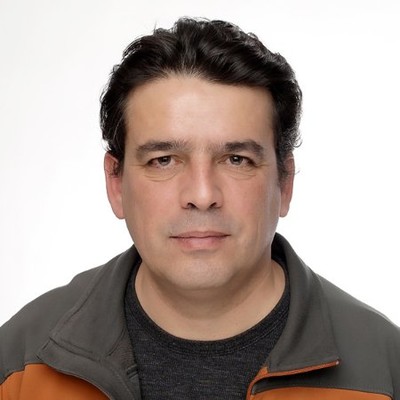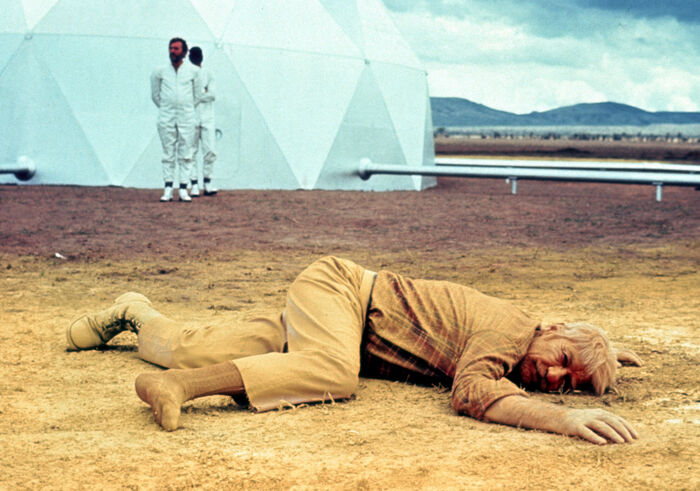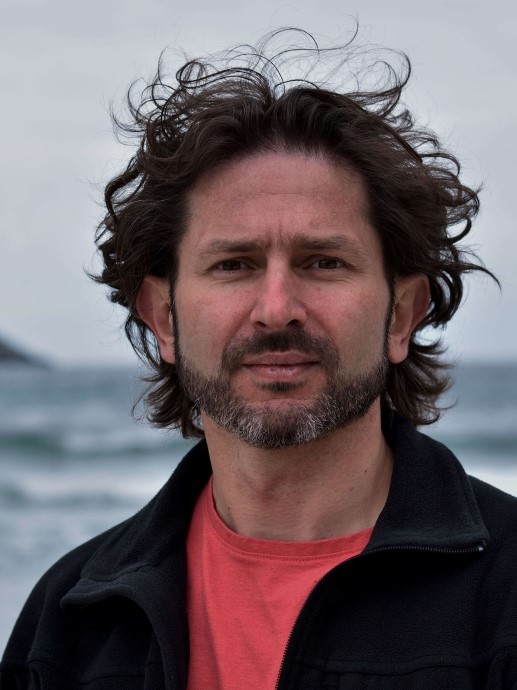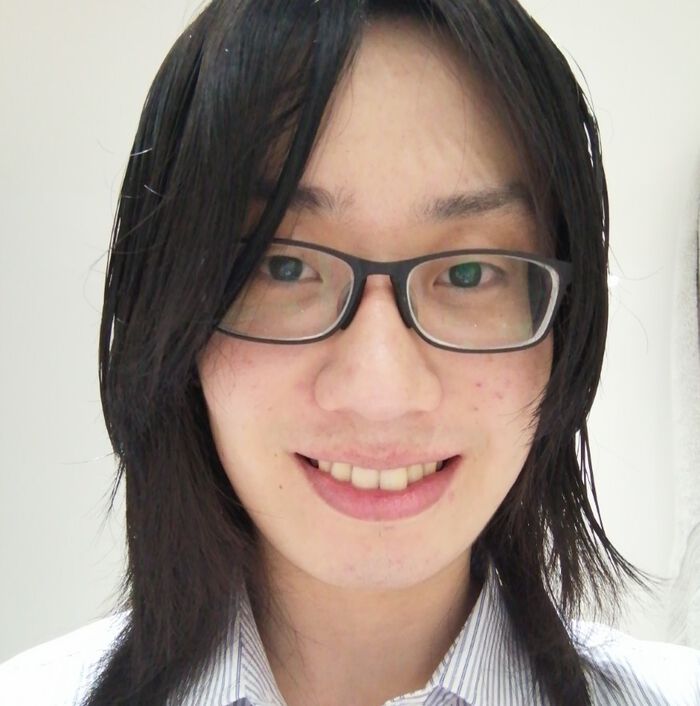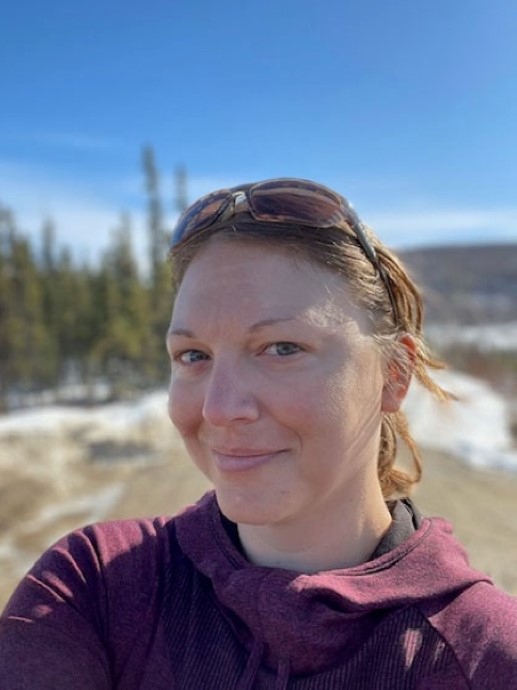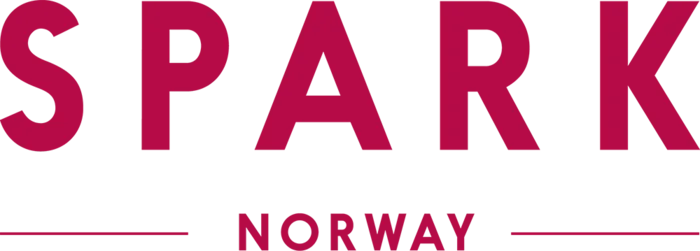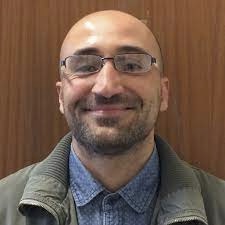Previous events - Page 2
Is it difficult to set aside time to write? The Academic Writing Centre organsises structured writing sessions for PhDs and Postdocs.
by Laurent G. J. Montesi, Professor, Department of Geology, University of Maryland College Park
his talk discusses a nonparametric inference framework for occupation time curves derived from wearable device data. Such curves provide the total time a subject maintains activity above a given level as a function of that level. Taking advantage of the monotonicity and smoothness properties of these curves, we develop a likelihood ratio approach to construct confidence bands for mean occupation time curves. An extension to fitting concurrent functional regression models is also developed. Application to wearable device data from an ongoing study of an experimental gene therapy for mitochondrial DNA depletion syndrome will be discussed. Based on joint work with Hsin-Wen Chang (Academia Sinica).
Title: Global simulations of the interactions between climate and the economy
Speaker: Trude Storelvmo, UiO
Welcome to our dScience lunch seminar in the Science Library, with Trude Storelvmo from the Department of Geosciences.
Dag Kristian Dysthe (Njord, UiO): "Active materials shape themselves".
Welcome to our GEOHYD Lunch Seminar Friday 22nd of March @ 12:15 in Aud. 1, Geology building or via videolink using Zoom. The seminar is held by Andreas Kääb (UiO).
During this cold winter in Oslo, we certainly all have experienced the unsteady nature of friction and the sudden loss of stress bearing capacity that initiates catastrophic sliding. A similar kind of frictional rupture arises at the onset of a wide variety of natural disasters that includes earthquakes, landslides, as well as snow avalanches. In this talk, I will focus on the incipient stage of these catastrophic events that is characterized by the local nucleation of failure and its rapid propagation towards intact regions of the material. I will discuss how the analogy to fracture mechanics can be exploited to describe the dynamics of these rupture fronts and develop quantitative models to characterize the onset of failure in geomaterials.
Luis Teodoro, Centre for Space Sensors and Systems, Faculty of Mathematics and Natural Sciences, University of Oslo.
For det blotte øyet, kan maur virke som en lite truende art for menneskeheten. Men med deres massive populasjon, globale utbredelse og ufravikelige kollektivisme, er det flere filmskapere som har bitt seg merke i deres potensial som antagonist.
Donaldson-Thomas and Pandharipande-Thomas theory are two approaches to counting curves on projective threefolds in terms of their moduli spaces of sheaves. An important special case in understanding the DT/PT correspondence the equivariant geometry of affine three-space with the natural coordinate action of the rank 3 torus. I will show how one can use new wall-crossing techniques to prove the equivariant K-theoretic DT/PT correspondence in this situation, which was previously known only in the Calabi-Yau limit.
This is part of an ongoing project with Felix Thimm and Henry Liu in which we aim to prove wall-crossing for virtual enumerative invariants associated to equivariant CY3 geometries by extending a vertex algebra formalism for wall-crossing developed by Joyce.
Title: Structure and the variability of the Lofoten Basin Eddy observed by Seagliders during the SWOT Cal/Val phase
Speaker: Ilker Fer, UiB
We invite you to the March RoCS Solar/Stellar Lunch. You are invited to discuss your work with colleagues.
University of Oslo and University of Gothenburg invite to an informal workshop within machine learning with a focus on statistical aspects related to Machine Learning.
Welcome to our GEOHYD Lunch Seminar Friday 15th of March @ 12:15 in Aud. 1, Geology building or via videolink using Zoom. The seminar is held by Pragay Shourya Moudgil (UiO).
Bone stress injuries affect athletic populations who undertake activities in which bones are repeatedly loaded. In order to understand and reduce the risk of bone stress injuries, we need to quantify the loading experienced by the bones during activities such as running. Bone loading is difficult to quantify as the magnitudes of stress are influenced to a large extent by the magnitude of muscular forces acting on the bone. Musculoskeletal modelling, ranging from very simple to very complex approaches, can be used to estimate the internal loading experienced by the bone during running. This has allowed us to explore factors such as speed, slope and step length and their influence on bone loading during running. However, in order to truly understand risk of stress injuries this needs to be taken out of the lab and in-field. This talk will consider what we know and the limitations to current understanding.
Cheng-Zong Ruan, Institute of Theoretical Astrophysics, University of Oslo.
Is it difficult to set aside time to write? The Academic Writing Centre organsises structured writing sessions for PhDs and Postdocs.
Gromov—Witten invariants are virtual counts of curves with prescribed conditions in a given algebraic variety. One of the main techniques to study Gromov—Witten invariants is degeneration. The degeneration formula expresses absolute Gromov—Witten invariants in terms of relative Gromov—Witten invariants of algebraic varieties with tangency conditions along boundary divisors.
Relative Gromov—Witten invariants with only one relative marking are relative invariants with maximal contacts along the unique relative marking. The local-relative correspondence proved by van Garrel—Graber—Ruddat states that genus zero relative invariants with maximal contacts are equal to local Gromov—Witten invariants of a line bundle. Local invariants are usually easier to compute. However, The degeneration formula usually involves relative invariants beyond maximal contacts (i.e. with several relative markings). I will explain a generalization of the local-relative correspondence beyond maximal contacts, hence determine all the genus zero relative invariants that appear in the degeneration formula.
This is based on joint work with Yu Wang.
Assoc. Prof. Tor Ole B. Odden, CCSE, UiO
Title: Improving understanding of Arctic-boreal greenhouse gas budgets through integrated, community-driven, research.
Speaker: Jennifer Watts, Woodwell Climate Research Center
SPARK Norway Educational Forum are monthly open meetings organized by UiO:Life Science and SPARK Norway partners.
Qombine seminar by Joakim Bergli, Department of Physics (UiO)
The climatic ocean wave spectrum serves as a pivotal tool in comprehending the long-term characteristics and variations of wave patterns across different regions of the world's oceans. The presentation explores the methodologies employed to derive wave spectra from observational data. Basically, consists of a statistical approach that provides a quantitative understanding of the variability and extremes of wave conditions. In essence, an ocean wave spectrum is a representation of the distribution of energy among different wave frequencies and wavelengths. So, engineers rely on this valuable information to mitigate risks and design solutions that can withstand the dynamic forces of ocean waves. However, it is necessary to present such information in a robust and practical mode to better comprehend the variations. In this way, a robust and resistant approach will be presented to define such variabilities, thus reducing uncertainties and representing the climatic wave spectrum in a compact and informative way.

